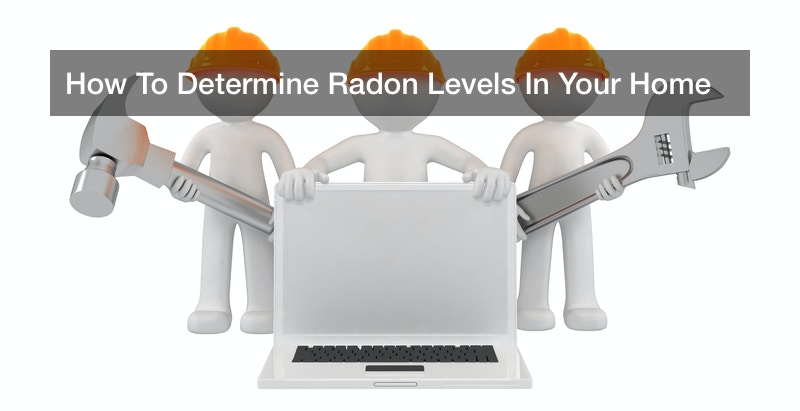
What Is Radon Gas?
Radon is a naturally-occurring radioactive gas that can cause significant health problems, such as lung cancer. Radon gas is colorless, inert, and odorless that is naturally present in the atmosphere in small amounts. Typically, when radon is present in trace amounts outdoors, it quickly disperses, which makes it a non-hazardous issue. However, it can become trapped inside homes, schools, and workplaces, which leads to hazardous levels of exposure. If radon gas becomes trapped inside a building, it is typically from the faulty foundation, but can be managed effectively with cost-effective techniques. Breathing in this gas can increase your risk of lung cancer—it’s the second leading cause of lung cancer in the United States. Scientists estimate the prevalence of lung cancer deaths could be reduced between 2-4% (approximately 5,000 death) by lowering levels in homes that significantly exceed the EPA’s action level.
How To Get Rid of Radon
There are certain procedures available to effectively reduce and control the amount in a place. However, radon gas testing is the only sure way of knowing how high your radon levels are, and it determines if you require a radon gas removal system to manage its levels. Toxic gas in your home can be hazardous, but it doesn’t have to be—there are many radon testing companies that can perform the testing, or you can determine your own radon test results with the proper equipment. Statistics show about 1 in 15 homes is estimated to have radon levels that meet or are above EPA action levels. EPA guidance suggests mitigating if levels are at or above 4p Ci/L. Although radon is typically caused from the faulty foundation, it’s fully possible for radon to enter homes through their water supply; be sure to treat your water supply for toxins before it enters your home to ensure your family’s safety.
What To Do If You Been Exposed
Unfortunately, there are no widely available medical tests to determine if you’ve been exposed to the toxic gas. However, if you think you may have been potentially exposed, speak to your doctor about getting regular health checkups and testing for possible signs of lung cancer. Although no level is completely safe, there are certain exemptions to what is considered an ‘acceptable’ level of radon gas, depending on geographical location and other environmental factors. Typically, an average house has a significant level that is above the acceptable level of Radon Act 51, which is 0.4 pCi/L. There are passive systems of mitigation, which have been shown to be able to reduce indoor radon levels by an upwards of 50%, and reduced further when ventilation fans are added.

